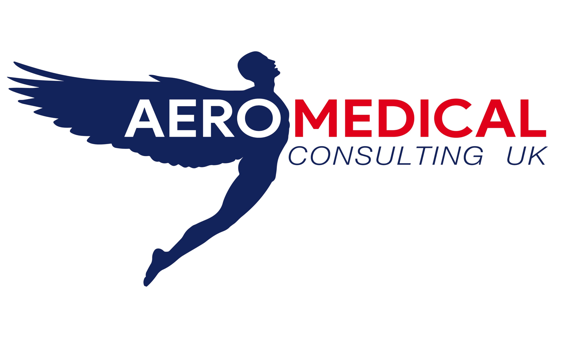Fitness to fly or control aircraft after recovering from COVID-19
Whilst most commercial operators have grounded the majority of their fleet, some pilots are required to continue flying key operations, for example in support of repatriation flights back to the UK or to support the Helicopter Emergency Medical Services (HEMS), the offshore oil and gas industry or the Police.
Likewise, some ATCOs will be required to provide air traffic control to support this flying activity, as well as other key functions such as keeping the airports open to maintain equipment calibration for when normal services eventually resume.
This guidance is written with these pilots and ATCOs in mind, but will be applicable to the wider industry when restrictions are gradually eased in the weeks and months to come.
In the UK, as in much of Europe, there has been person-to-person transmission of SARS-CoV-2 for some time now. SARS-CoV-2 is the name given to the coronavirus causing the disease COVID-19.
“Stay at Home, Protect the NHS, Save Lives”
You should suspect COVID-19 if you have any one of the following symptoms:
A new and persistent dry cough
Fever
Breathing difficulties
If you develop any of these symptoms, you must stop flying or controlling immediately. Let your employer know as soon as you are able to.
If you are at work, make your way home, avoiding public transport if possible and self-isolate at home for 7 days. You can expect not to be tested unless you are unwell enough to require hospital treatment. Those you share a house with will also have to self-isolate, but for 14 days.
If after 7 days your symptoms have not completed resolved or if at any point you feel unwell, contact NHS 111 for advice. In a medical emergency, you should contact 999 informing them that your symptoms are COVID-19 related.
Returning to Work after Recovering from COVID-19
Returning to work will depend on your recovery, taking into account whether your recovery has been complete, without the need for ongoing treatment and whether you required hospital admission or not.
If you didn’t require hospital admission and made a full recovery with no ongoing requirement for treatment, you can return to work after a minimum of 7 days from the day you last had symptoms. There is no requirement to involve your AME.
You required hospital treatment and/or continue to require ongoing treatment
If you required hospital admission and/or you need ongoing treatment, contact your AME after you are discharged from hospital or whenever possible. It is likely that your AME will require copies of your hospital records/ reports relating to your admission and/or treatment.
This is will include things like your discharge summary, the investigations you had (e.g. chest X-ray, CT scans etc) and any follow-up arrangements planned. You may wish to request copies of these records before you leave hospital.
In some cases, your AME may need to refer you to see a specialist in chest medicine and may also refer your case to the CAA. This is likely to be the exception rather than the rule.
The CAA COVID-19 Assessment Process is linked here for further reading.


